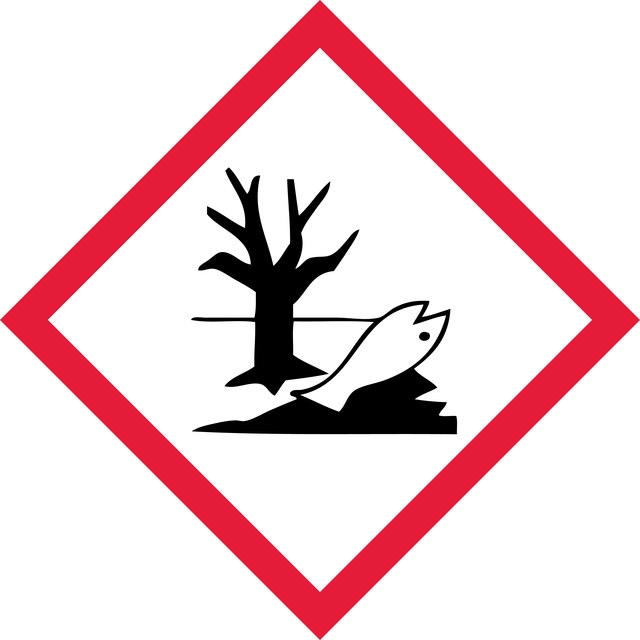质量水平
方案
≥99.99% trace metals basis
表单
wire
电阻率
1.59 μΩ-cm, 20°C
直径
0.25 mm
沸点
2212 °C (lit.)
mp
960 °C (lit.)
密度
10.49 g/cm3 (lit.)
SMILES字符串
[Ag]
InChI
1S/Ag
InChI key
BQCADISMDOOEFD-UHFFFAOYSA-N
应用
The product was used to construct silver/silver chloride electrodes which was used in the preparation of a number of biofilms for:
- flavin microelectrode with a tip size of 10–30 μm, composed of a carbon working electrode with a S. oneidensis MR-1 biofilm.1
- fumarate and acetate microbiosensor; composed of carbon working electrode coated with G. sulfurreducens biofilms.
制备说明
2.6g = 5m;13g = 25m
警示用语:
Warning
危险声明
预防措施声明
危险分类
Aquatic Acute 1 - Aquatic Chronic 1
储存分类代码
13 - Non Combustible Solids
WGK
WGK 3
闪点(°F)
Not applicable
闪点(°C)
Not applicable
个人防护装备
Eyeshields, Gloves, type N95 (US)
Microbiosensor for the detection of acetate in electrode-respiring biofilms.
Atci E, et al.
Biosensors And Bioelectronics, 81, 517-523 (2016)
A Fumarate Microbiosensor for Use in Biofilms.
Atci E, et al.
Journal of the Electrochemical Society, 164(3), H3058-H3064 (2017)
R Nirmala et al.
Journal of nanoscience and nanotechnology, 13(7), 4686-4693 (2013-08-02)
We report on the preparation and characterization of polyurethane (PU) nanofibers containing silver (Ag) nanoparticles were synthesized by using electrospinning. Two different approaches were adopted to incorporate the Ag nanoparticles in to PU nanofibers. In the first approach, a homogeneous
Rui Wang et al.
Journal of nanoscience and nanotechnology, 13(6), 3851-3854 (2013-07-19)
The present studies reveal that silver nanoparticles (AgNPs) can induce apoptosis and enhance radio-sensitivity on cancer cells. In this paper, we mainly investigated the effect of AgNPs on rat glioma C6 cells upon the combination treatment of hyperthermia treatment (HTT).
Agnieszka Rozbicka-Wieczorek et al.
Folia biologica, 61(1-2), 107-111 (2013-06-19)
Sheep milk is rich in CLA isomers which are biologically active components influencing human health. There are four geometric CLA isomer pairs: cis, trans; trans, cis; trans, trans and cis, cis. The aim of the present study was the analysis
我们的科学家团队拥有各种研究领域经验,包括生命科学、材料科学、化学合成、色谱、分析及许多其他领域.
联系客户支持